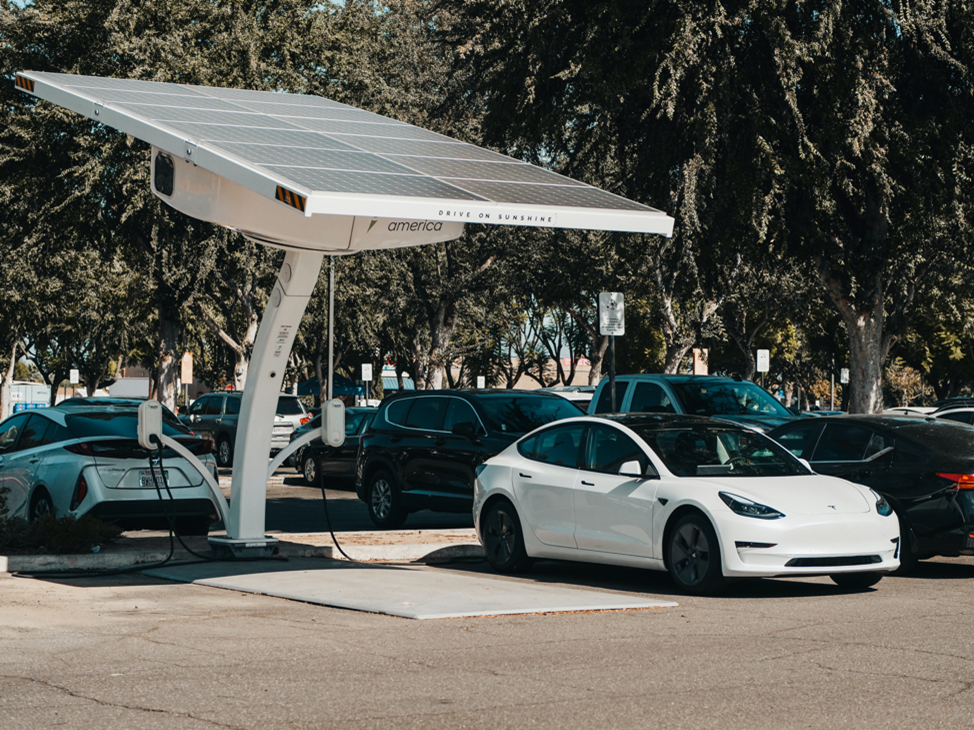
If asked about the current price of a gallon of milk or an ounce of gold, the average Canadian is unlikely to give a prompt answer, but the price of gas is a number that is always on our minds. The post-lockdown demand for fuel compounded with a shortage of supply due to the recent sanctions on Russia has left us with record-high gas prices. The motives to decarbonize our industries and gear towards greener energies are, not only many, but now higher than ever. The imminent threat of global warming, the declining air quality linked to carbon emissions, as well as the intimate relationship between oil supply and international politics have made it abundantly clear that we need to break free from our dependence on the black gold. Yet, the rate of adoption of greener technologies does not remotely reflect the level of the threat at hand.
Despite becoming à-la-mode in recent years, electric vehicles (EV) only account for three per cent of car sales worldwide (as of 2021). Intriguingly, most concerns cited by the public for switching to EVs are not as insurmountable as they are made to seem. For instance, many quote range-anxiety and the potential inaccessibility of charging stations as a major drawback. This concern is for the most part outdated. Today, EVs can travel 300 km to up to 600 km on a single charge – enough to cover most regular travel needs. The charging infrastructure will no doubt need further development, but this does not mean that adequate infrastructure does not presently exist. Selective blindness to this reality resonates with the Baader-Meinhof Phenomenon, where the subject fails to notice the frequency of occurrence of a particular thing, say, charging stations, unless the subject has a reason to actively do so.
Initial cost is another hurdle to the transition, as electric vehicles remain costlier than their gas counterparts. However, the gap in affordability has narrowed significantly in recent years, with EVs emerging as the better long-term investment. At the rate the price of gasoline is increasing and at the rate renewable energies are being incorporated to the electric grid, electricity will increasingly become the cheaper and greener option to power a vehicle. With no car transmission, no need for oil changes and about one hundred times less mechanically moving parts, EVs are considerably more reliable and cheaper to maintain in comparison to gas cars.
But if decelerating climate change, reducing oil-dependence, ensuring clean air, and investing in cheaper, more reliable transportation has only led to less than one per cent of vehicles on roads being electric, then what incredible counterforce is hindering this transition?
It is easy to overestimate our rationality and underestimate our fear of change. Most drivers, and car dealers alike, do not understand electric vehicles nearly as well as they know the century-old internal combustion engine car. This lack of understanding has proved to be enough to offset the economic and environmental advantages of green transportation. This is not to say that the concerns and anxieties that people have regarding electric cars are invalid. Depending on location and economic background, owning an electric car can very rightly be daunting. But in many cases, it is simply a lack of education coupled with a fear of the unknown that is halting this important shift toward greener vehicles.
Like all important movements that defined our societies, this transition will take time. But its long-lasting success requires us to make bold choices for a more sustainable future. As Georges Danton would say, “audacity, then again audacity, always audacity and the [Planet] will be saved!”










